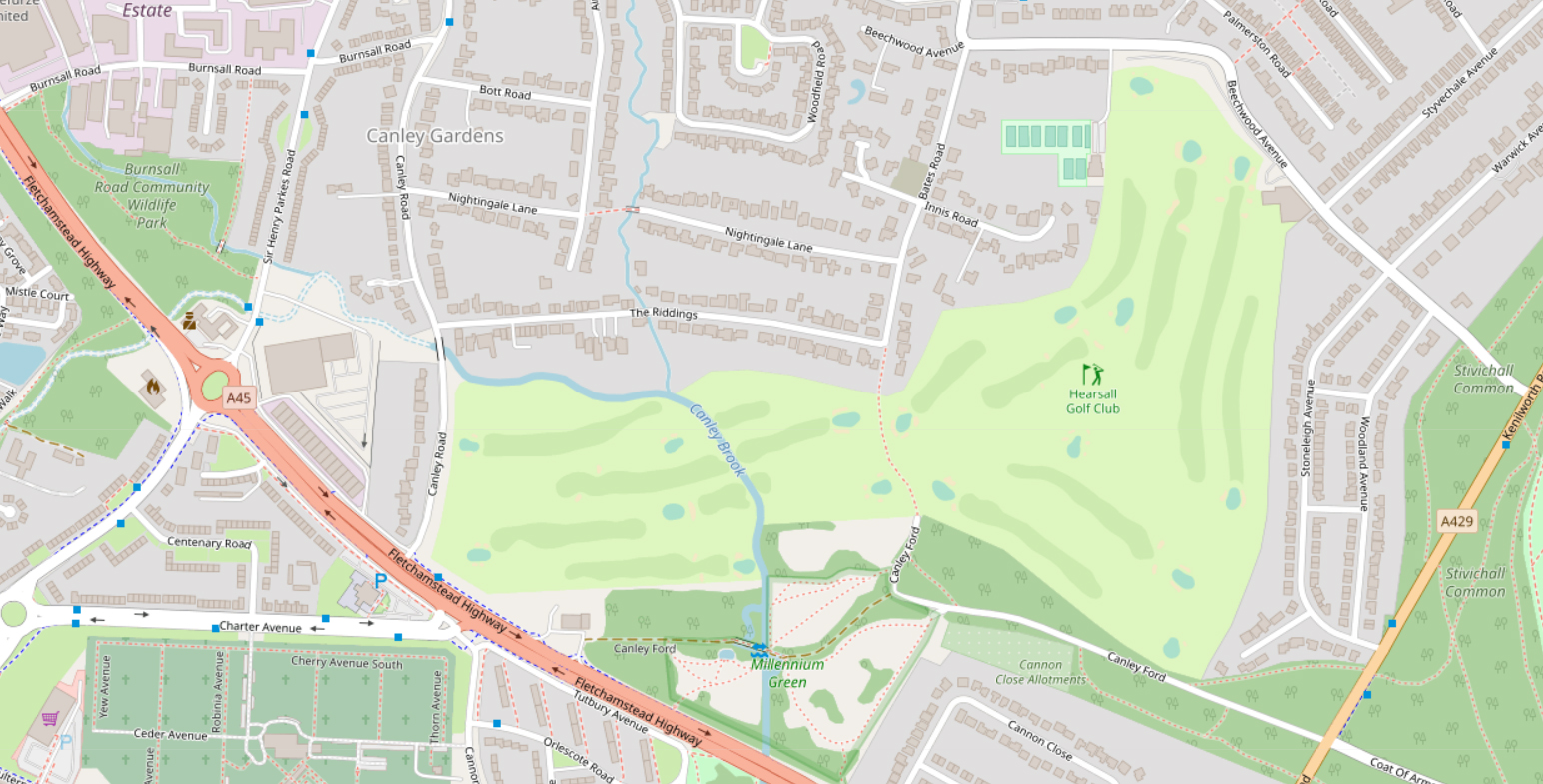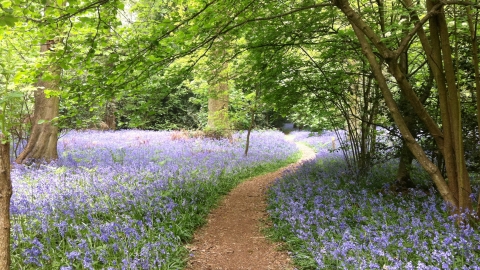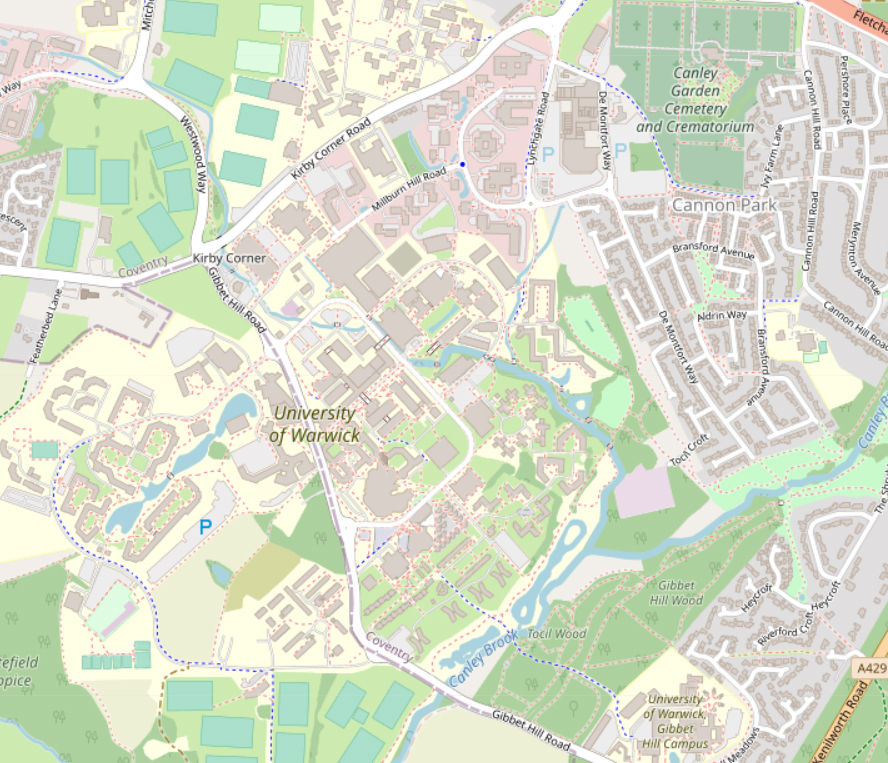
Today we have the tenth episode of Peter Walter’s series of lockdown walks “being a compendium of idle facts, hidden places and meaningless historiana gathered on walks within easy striding distance of the writer’s abode – and beyond”.
The suburban pursuits of golf and tennis now hold sway where once hedgerows and cow pastures lined the old country road.
Gentrification even got rid of its ancient name. But then Whor Lane was never going to be a great selling point for the builders and land agents who in 1912 persuaded the city fathers to call it Beechwood Avenue instead.
Houses in this desirable corner of Earlsdon now change hands for an average of half a million quid each, and for purchasers with a literary bent it can even boast a connection to a great writer. As a boy, the poet Philip Larkin spent hours and hours playing in the attics of his friend Jim Sutton’s house on the corner of Beechwood Avenue, trying to stay away from his own cold and forbidding family home. And the house appears, in some detail, in his 1947 novel A Girl In Winter.
From the bend, the Canley Gardens estate tumbles down the hill. Once a place of modest bungalows, intended to help staunch Coventry’s desperate housing shortage after the First World War, it’s now going increasingly palatial as owners turn their spacious old plots into five-bedroom houses.
Over the A45, on Charter Avenue, another twentieth century literary lion has found his final resting place, slightly improbably, in the city’s Canley Crematorium. Deep in its sub-soil lie the ashes of the novelist EM Forster, scattered here after his death in 1970. Like Larkin, Forster may have his memorial in Westminster Abbey, but Coventry was a home from home for the author of A Room With A View and the city gave him the closest friendships of his life.
At the time of Forster’s death, the nearby University of Warwick was a mere stripling, carving itself a future out of a landscape that had been farmland from time immemorial. Grainy film footage still exists of the final harvest being gathered some late summer in the early 1960s, and brick and timber-framed farmhouses still stand on distant corners of the campus. Not Tocil House Farm, though, which once enjoyed an enviable reputation for breeding shire horses but has left no trace in student land.
Close to where it stood, the Canley Brook was dammed in 1981 to create a network of pools that forty years on look as though they’ve always been there. Beyond stretches Tocil Wood, home to seven types of bat and one of the most extensive swathes of bluebells in this part of the country. With early summer advancing, the best is over for them now, yet they are still a shimmering blue haze, dancing in the wood.


